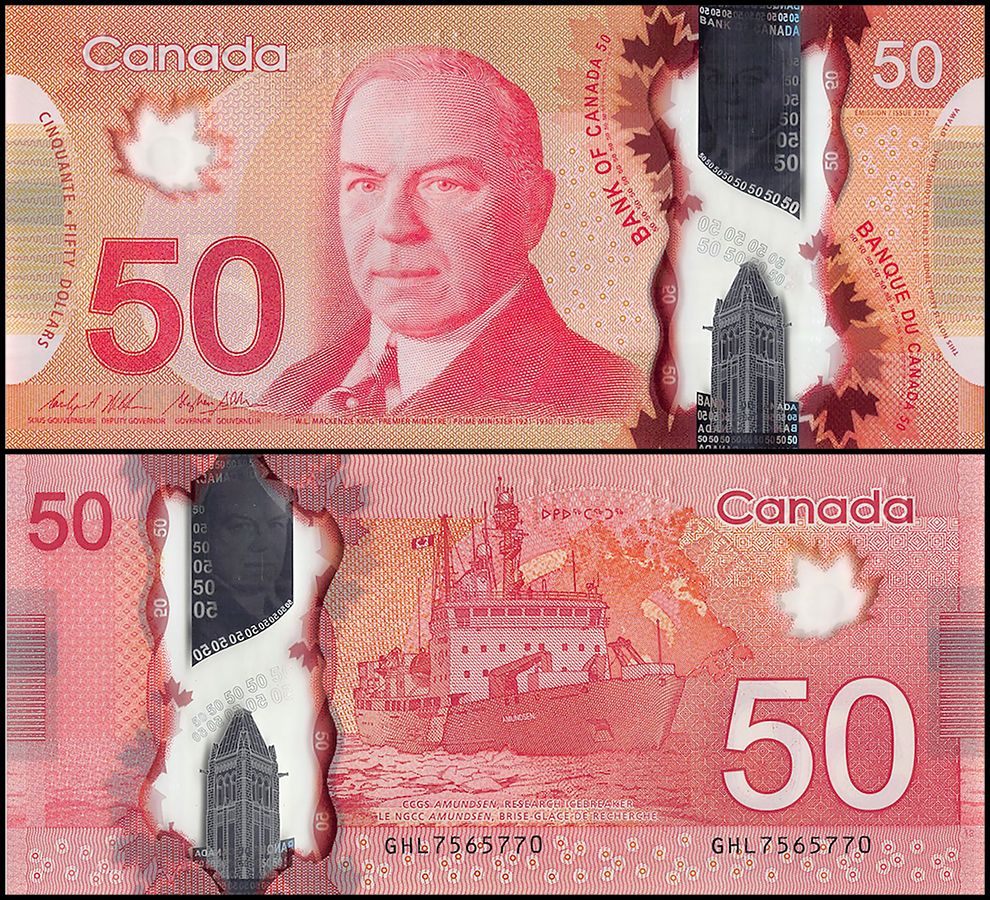Canadian Banknotes – Quality & Innovation – Banknote World

I have written recently about Canada. The gist of the blog was that Canadian banknotes are some of the best banknotes and some of the worst. So instead of rehashing the previous review of banknotes, I want to focus on Canada’s influence and technical leadership in banknote printing and design.

Source: Pixabay
Canada is a massive country. It is the second largest country by area but has only about 10% of the US population and much of its population lives within 100 miles of the border with the US. The country has a highly developed social, economic, and legal structure. It is also tightly connected to the US and the UK due to a shared language, shared history and interconnected economy. Canada enjoys a benefit as it relates to banknotes based on these relationships. Canada participates in shared technical meetings with the UK, the US, and Australia. This ‘gang-of-four’ tries to share best practices, counterfeiting trends and ideas for new features and approaches. All of the countries benefit from this pooling of expertise and you can see some of the benefits in design similarities and the use of polymer in Canadian banknotes.

Source: Banknote World
Canadian Banknote Technology
Another benefit Canada has is the proactive investment by the Bank of Canada into research and new technology. The Bank has invested in new overt and covert feature research and have tried to maintain a healthy ecosystem of research centers, universities, and commercial companies in Canada to support its needs.

Source: Canadian Bank Note
Another benefit Canada has is the presence of Canadian Banknote (CBN). CBN is respected as one of the best and highest quality commercial banknote printers. The company has had the same private ownership for more than 30 years, and its ownership has continually invested in technology. CBN is one of the few printers to have mastered printing on polymer and they have the capability to produce features with magnetically oriented pigments. Their engravings also seem to be cleaner and more attractive than several other banks.

Source: Banknote World
One can also see that the decision makers at Bank of Canada are willing to try new ideas. They made the switch to polymer before the UK. They have tried some of the largest windows. The Bank has issued commemorative Canadian banknotes – something very few older central banks are willing to do. And remember, the Bank of Canada has supported the introduction and expansion of colorized coins.
These three features – information sharing with the US, UK and Australia, a creative and supportive Bank of Canada, and a leading printer in Canadian Banknote, enable Canada to be an overall leader in banknote design, integration and printing.
